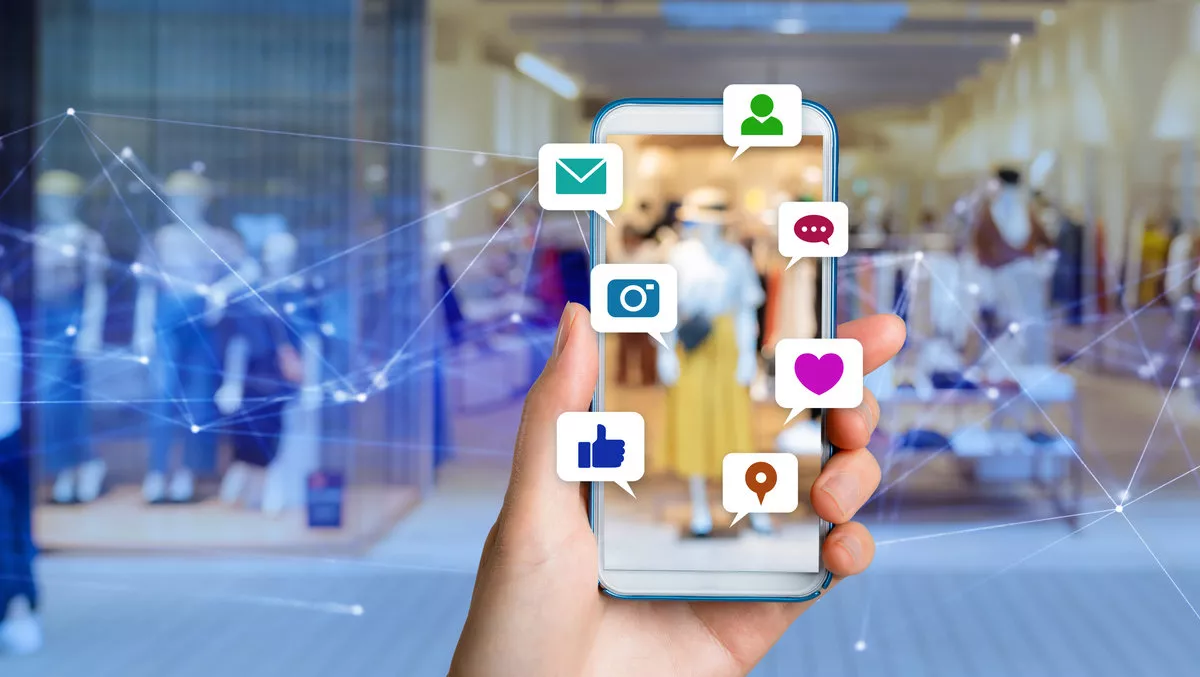
So you want to build a viral app: Tips from an industry guru
So you want to make an app with the potential to go 'viral' but you don't know where to start? According to Anushka Bandara, the cofounder and CEO of Australian app development company Elegant Media, plenty of people hope their app will make them rich, but only a few apps ever make it.
The Google Play Store has more than 2.8 million apps while Apple's App Store has 2.2 million apps.
Despite those millions of apps, only a fraction end up getting attention. Think Candy Crush, Snapchat and Uber, all of which went viral for different reasons.
One of the ways to get that attention is to build an app that can go viral – but there are certain characteristics that app needs.
"A viral app is an app that users share of their own accord on social media platforms or through word of mouth without any forced incentive from the builders of the app. An app that catches the attention of the user adds value to the user's experience. This compels them to recommend the app to other users, making an app go viral," says Bandara.
An app shouldn't just be about download numbers – people need to use it on a regular basis, and they need to recommend the app to others.
There is even a statistical method of measuring how viral an app is. It's called the viral coefficient method.
"Take for instance that an app is downloaded by a single user first. That one user likes the App so much that he recommends it to three of their friends. Those three friends also like the App and further recommend it to three more people. This means that one user brought in three more users and those three users brought in three more users each. Therefore, the viral coefficient for this example would be 3.0. In general, a viral coefficient of anything more than 1.0 is considered sufficient to ensure that an app goes viral. The higher the coefficient is, the faster your userbase will grow.
So what are the key features of a successful app? It has to be user-friendly; it has to have a good title and description; it has to add value for users; and it has to include share options in the app.
Bandata explains:
Design it to be extremely user-friendly. The interface should be such that it can be understood even by those who are not too tech savvy. The design should be something that appeals to the masses and provides a genuinely good user-experience that will encourage them to refer the app to others.
Include share options in the app so that users can directly share the app's content on their social media accounts. The sharing process should be quick and uncomplicated. Most popular social networks such as Facebook and Twitter have their APIs to make this process easier during development.
Give it a good title and description. An app that is not easily visible on the App store will never attain the status of a viral app simply because it is difficult to find. Make sure that the app's title and description contain some specific keywords which will increase its visibility in the store.
Ensure it adds value for users. Add features that will make users want to use the app regularly and share the content with their friends. By doing this you will increase the likelihood of the app going viral.
Apps that are never updated and apps that crash are are instant failures, Bandara says.
Developers should keep an eye on the app's usage and take action, such as updating the app if many users are uninstalling it.
Apps should also have positive reviews, which means asking customers and working with them to solve problems, Bandara says.
Apps need to be well targeted. Resources should be invested in introducing an app to an initial set of customers who can then help to make it go viral. An app's target customers must belong to a well-defined group depending on age, gender, nationality etc. This will save a lot of time, money and effort.
"Rewarding users is also important. This strategy is being practised by a lot of high-growth apps. This simply requires app users to be rewarded for sharing the app with their friends. Friends can also be rewarded by clicking on a link.
"Candy Crush Saga is a viral app that nearly every smartphone user has heard of. It's easy to understand gameplay, beautiful graphics, and addictive gameplay has contributed to the app's virality.
"Uber is an example of a viral app that has popularised incentivised user-acquisition. However, this approach can get expensive and isn't ideal for everyone. On the other hand, Snapchat is an example of an app that went viral purely because users shared content on the app on their social media pages.
''There are key rules involved in developing a successful app. These combined with a good marketing strategy can deliver life changing results."


